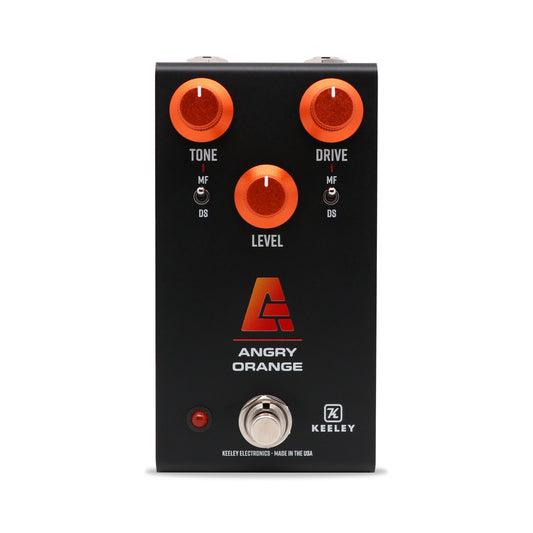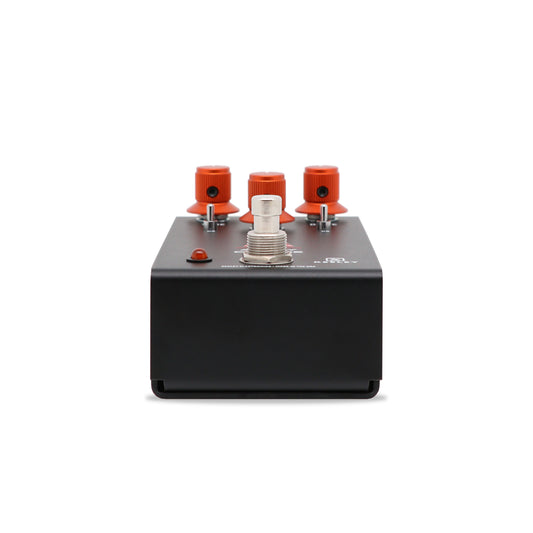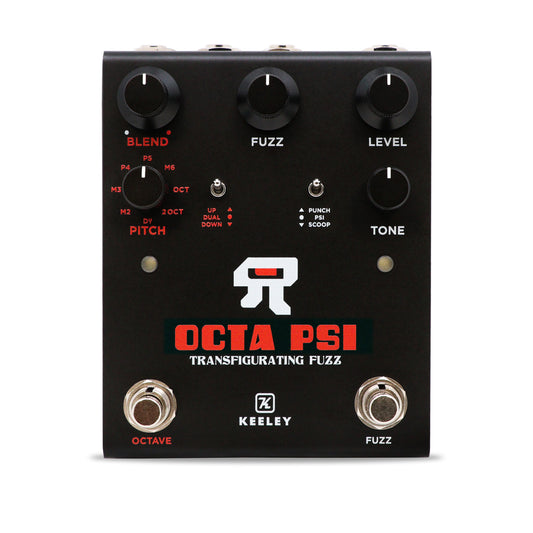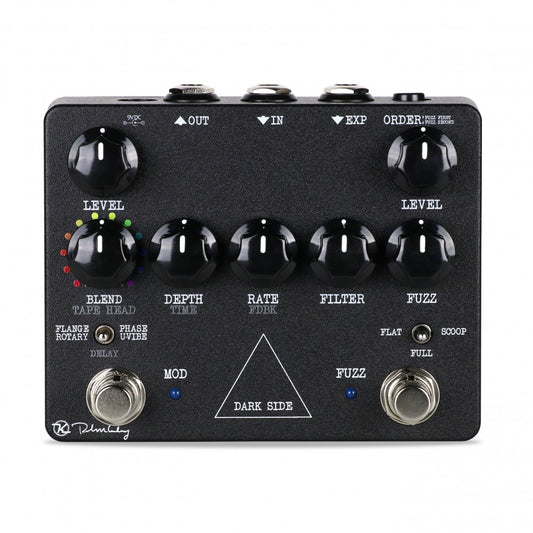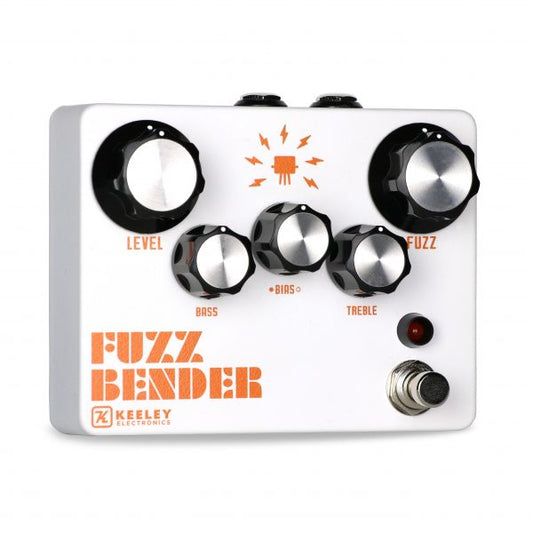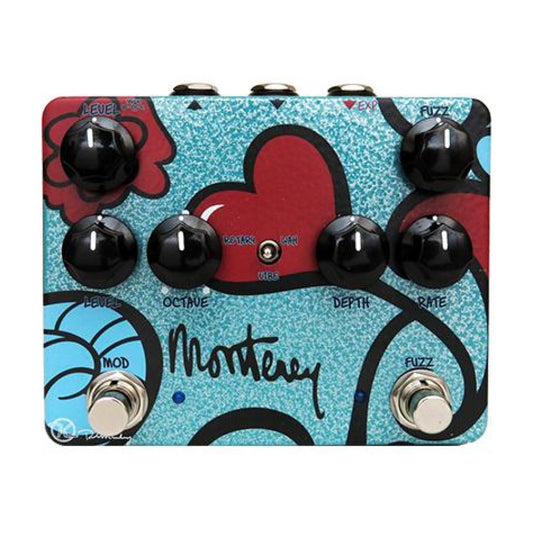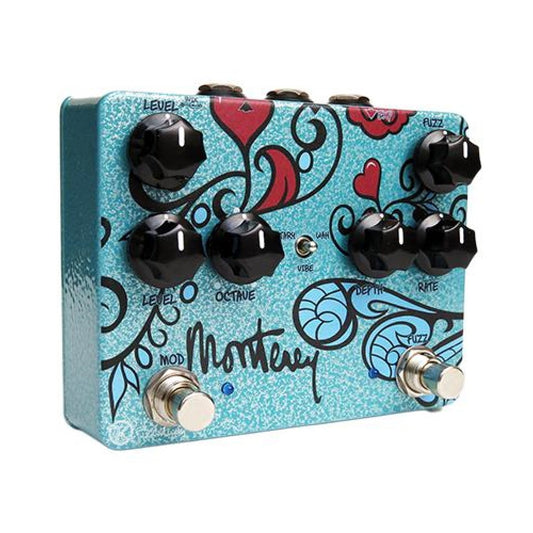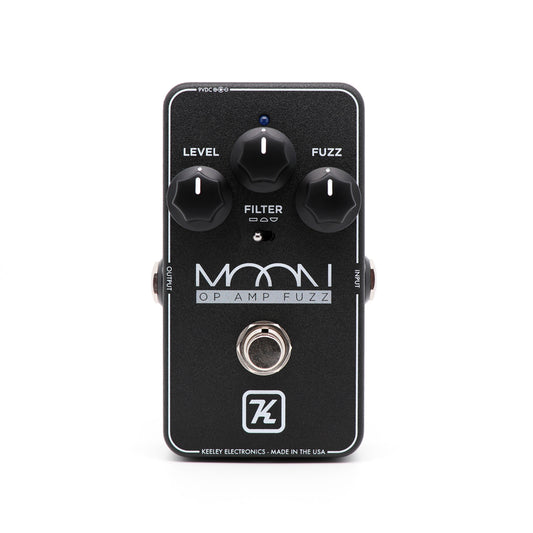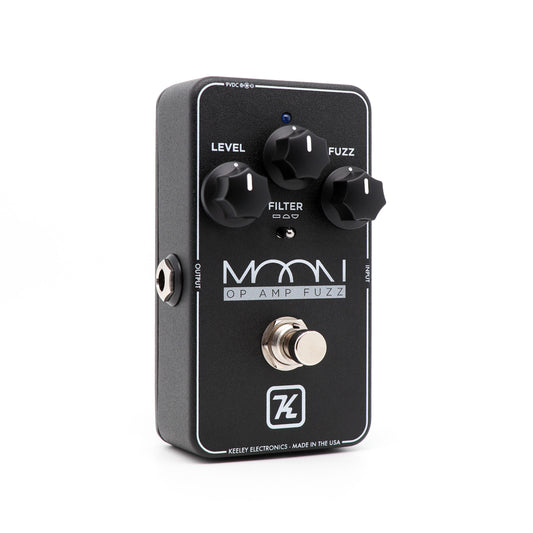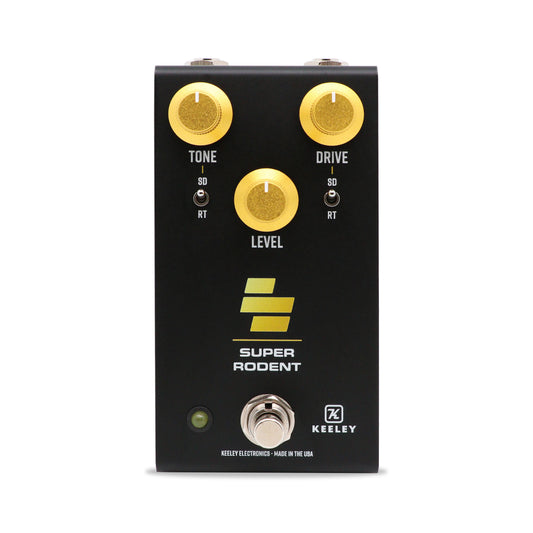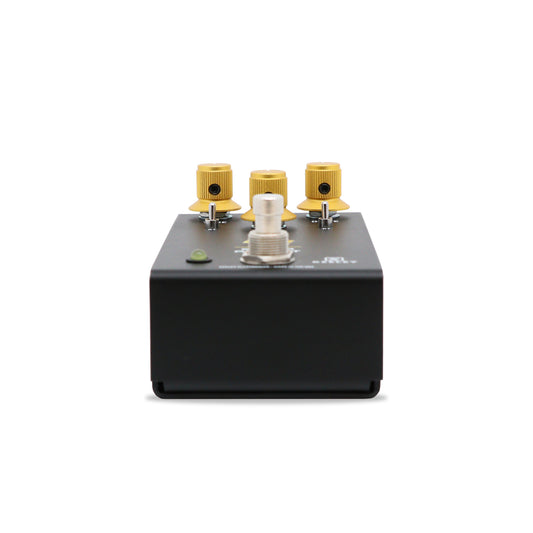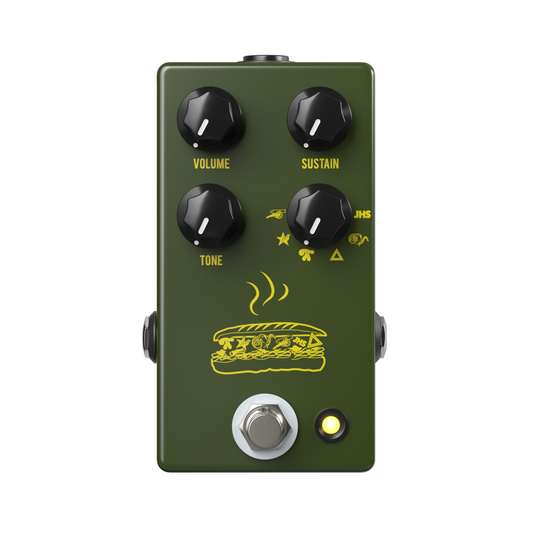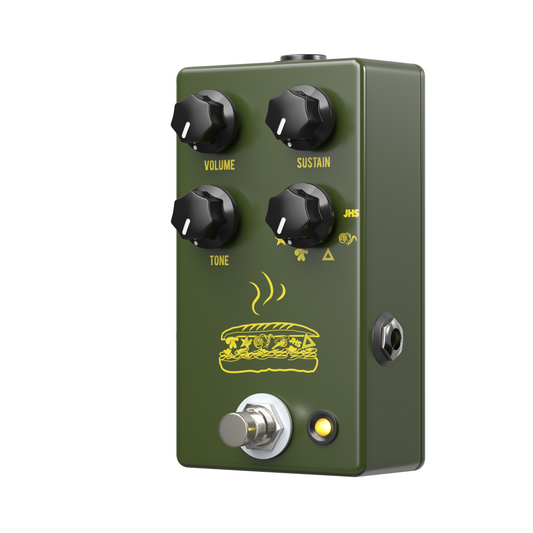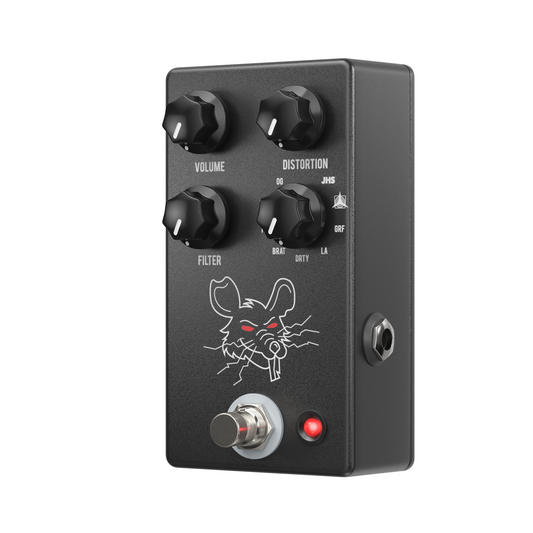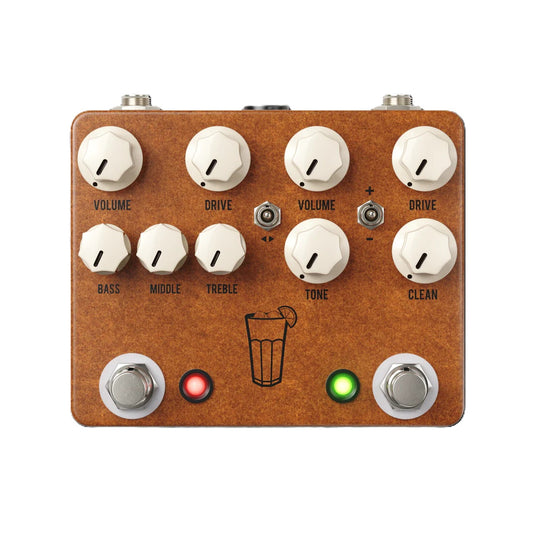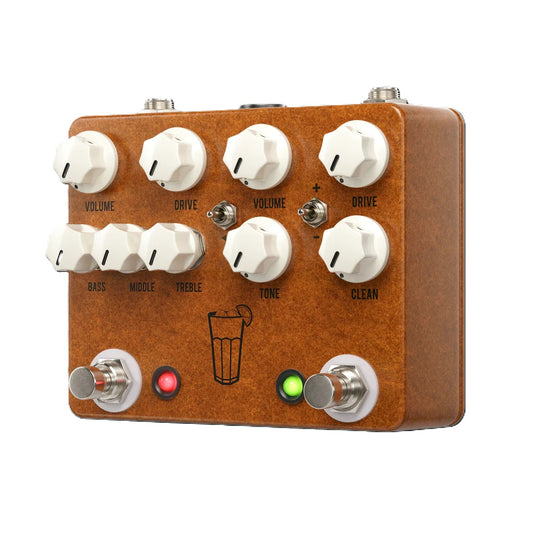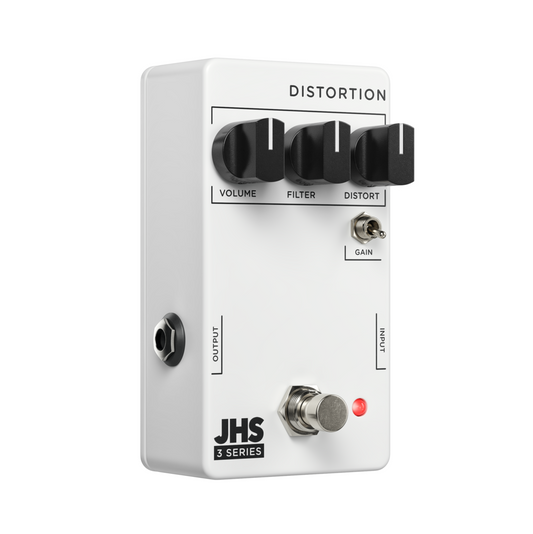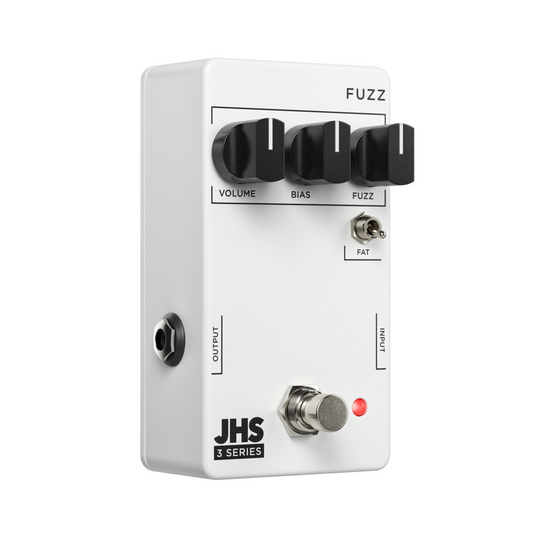Is it time to add a new fuzz pedal to your current guitar pedal board? Guitar fuzz pedals make an excellent addition because they're used across many genres, including classic rock, psychedelic rock, blues, prog rock and modern alternative music.
Experimenting with fuzz pedals is the key to success. To make the most of this pedal, it's best to play around with the volume knob on your guitar to try different settings. You can explore a wide range of tones this way, which will help you discover the sound you're after. Fuzz pedals are perfect because they interact differently with many different types of guitars and amplifiers. Make it a point to tweak and adjust your pedal’s settings until you find the sound that resonates most with you.
What Does a Guitar Fuzz Pedal Do?
A guitar fuzz pedal is designed to deliver guitar effects that create a saturated distortion sound. The sound is distinctive and unique. It's different from other distortion pedals because it doesn't aim for clarity and tightness. Instead, it attempts to produce a sustained, warm and chaotic distortion. The effects of this fuzzy distortion can range from buzzy, raucous, creamy, smooth, and everything in between.
The essential controls and parameters of a fuzz pedal include:
- Gain
- Tone
- Volume
- Sustain or Bias
- Mode/Shape
- Gate or Stab
Specific types of fuzz pedals include:
- Classic Fuzz
- Fuzz Face
- Muff-Style Fuzz
- Octave Fuzz
- Germanium Fuzz
- Silicon Fuzz
Where Does a Fuzz Pedal Go in the Chain?
Some popular placements in the chain for guitar fuzz pedals include:
- If you have all three gain effects pedals (fuzz, overdrive & distortion), it’s generally accepted that the fuzz pedal go first should since they have a low impedance which will load your guitar pick-ups. So they won’t respond very well if placed after other pedals.
- Before Modulation and Time-based Effects – Placing this pedal at the beginning of the effects chain is a popular choice because it lets the fuzz interact with your guitars clean signal, shaping the tone's foundation. The modulation and time-based effect can then add colour to the distorted sound.
- After Dynamics Effects – Positioning the fuzz pedal after wah pedals, compressors, and dynamic effects can be interesting (note first point). Using this setup, the dynamic effects can take the clean signal and shape it before it reaches the fuzz. The fuzz tone becomes more consistent and controlled by compressing the signal first.
How to Choose a Guitar Fuzz Pedal
Things to consider before choosing a new guitar fuzz pedal:
- Is it made by a trustworthy brand with brand recognition?
- Are there testimonials from previous customers online? Are they positive or negative?
- Have you listened to the effects that the pedal makes? Do you like the way it sounds?
Carefully consider the answers to these questions before selecting a new fuzz pedal for your chain.

